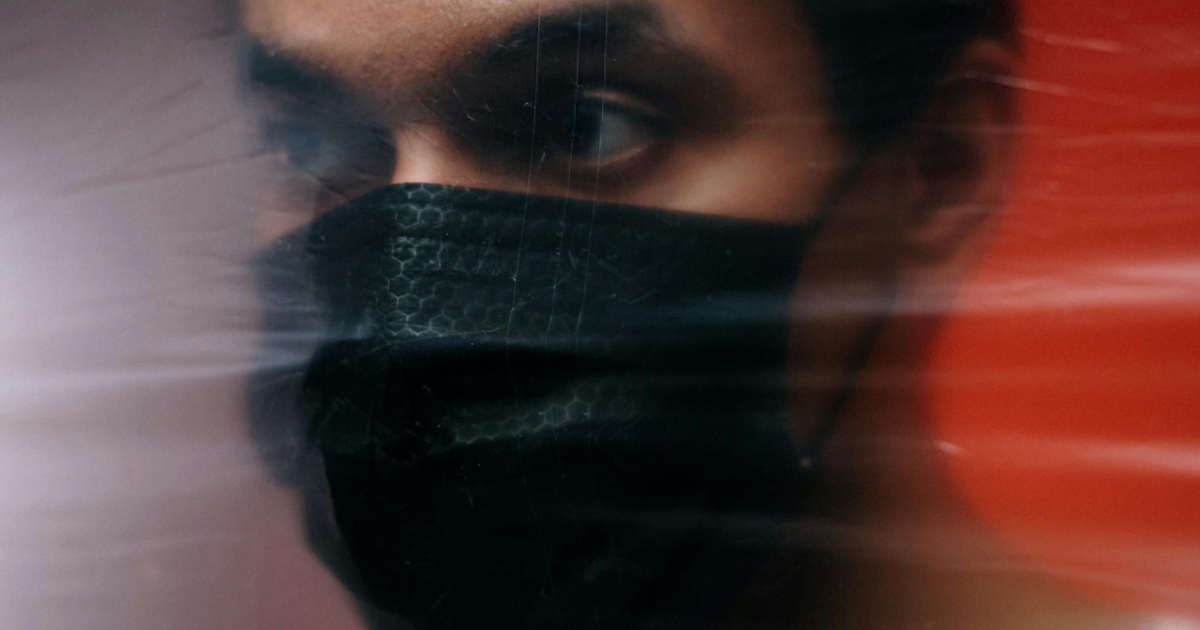Public Health Doesn't Exist in COVID Reporting
News media's willing collusion with social murder causes serious damage

Since December of 2023, the news ecosystem begrudgingly reported that COVID-19 levels in wastewater signs were sky-high. But this reporting repeatedly refuses to connect high COVID numbers with public health measures to limit the spread of the virus.
This has become part of an established cycle. Cases rise, the reporting on the spike in COVID takes specific pains not to mention that public health institutions can mitigate its spread, cases lower again, COVID reporting returns to passing mentions. Wash. Rinse. Repeat.
On Dec. 17, Tara Moriarty, who has been tracking the spread of COVID in her work, stated that every area being tracked for the forecast was at a SEVERE level of COVID for Dec 16-29. As she put it at the time "About 1 in 20 people in Canada are CURRENTLY infected." After the gatherings for holidays, New Year's events, and the subsequent return to work, we can only expect these numbers to rise in the next report.
The coverage of the actual effects of this rise has been minimal, especially considering that, at least in the US, COVID has been killing 1,500 people a week. Considering this, the coverage that's emerged since 2024 has been tepid at best. Even now, halfway through January, the urgency in reporting has dissipated.
The Canadian Press published a story on Jan. 3 about how hospitals in the US are returning to mask mandates due to spikes in COVID and other respiratory illnesses. The story frontloads that "many experts say" this season won't be as deadly as other pandemic winters, but it still could mean "hundreds of thousands of hospitalizations and many thousands of deaths across the country." While it may be true that the deadliness of COVID has not hit the heights in the earlier years, this language serves to downplay the level of mortality that has become the norm. Additionally, long COVID, or public health measures are not mentioned in this article, or most others.
Take a look at the CBC News story discussing massive COVID levels published Jan. 2. The article begins by putting this spike in the context of being in the height of "respiratory virus season." Their main interview for the story is with London, ON medical officer of health Dr. Alex Summers. Summers went to great pains to downplay any chance of alarm at these dangerous levels, even emphasizing "severity can vary depending on each person." His only suggestions for protecting the spread of the virus includes washing hands, covering coughs and avoiding meeting with people while sick. Of course, the only measure close to public health that he recommends is taking booster vaccines.
It's important to note that COVID is airborne, so while washing hands is a good hygienic practice for other reasons, its effects on stemming COVID spread is negligible. This is a lead health official suggesting these practices to prevent COVID, receiving no pushback from the media.
Summers' recommendations aren't new. When Chief Medical Officer of Health for Ontario Dr. Kieran Moore made an appearance at the beginning of last December, he warned about the uptick in infections. Even so, his only recommendations for treatment included vaccinations and Paxlovid. "Risk communication" was the only role that public health seemed willing to play.
It has now become clear that expecting any mention of mask mandates, ventilation, paid sick days, or long COVID in articles about COVID levels (or hospital masking) in our news media is a fools errand. With an established pattern of reporting like this, the omission of these solutions is intentional. COVID and its spread have been completely divorced from public health, which was crucial in the early years of the pandemic. Despite the lack of coverage, it remains crucial today.
In articles that detail the reality of living with long COVID, the disconnect from public health is particularly noticeable.
Global News' story on Long COVID from Dec. 26 exemplifies how public health has completely disappeared from the conversation. The article rests on an interview with emergency physician Jennifer Hulme, who was infected with COVID on April 1, 2022. Even though her first infection was mild, she was struck with "terrifying and disabling" symptoms after the point where she tested negative. She still lives with long COVID.
The article conveys the horrifying effects of the condition. There are few treatment options, there's little (but mounting) understanding about what causes it and rehabilitation is hard to access. The closest the article comes to bringing up public health is when quoting Zahid Butt, an infectious disease epidemiologist at the University of Waterloo. "I think awareness is very essential," he's quoted as saying. "Public health messaging is very important."
Reading the piece requires an astonishing level of cognitive dissonance. A spotlight on this debilitating condition, which at least one person has said was a factor that led her to apply for Medical Assistance in Dying (MAiD), is reported as having no treatment options and receives little attention from medical institutions. The logical next step in reporting would be to discuss prevention. But the only mention of public health is in the form of individual risk assessment. Unsurprisingly, this is the only method that's ever discussed. Legacy news media acts as though mask mandates, paid sick days and improved ventilation aren't even part of the discussion.
Considering how everybody reading this today lived through the measures implemented to curb the spread of COVID, pretending as though there is nothing to be said about prevention is nothing less than an intentional omission.
This dynamic is important to recognize, but it's important to note that news outlets are sometimes completely and utterly wrong about the state of COVID. Near the end of last year, The Washington Post Editorial Board released a list of 23 reasons why 2023 wasn't all bad. Sitting at number six? "The pandemic officially ended on May 5."
This is simply not true. On May 5, the World Health Organization (WHO) no longer classified the pandemic as a "public health emergency of international concern," as the Washington Post itself reported. In fact, the WHO directly states on their official website "This does not mean the pandemic itself is over, but the global emergency it caused is – for now."
As if this wasn't enough, COVID-19 Technical Lead at the WHO Maria Van Kerkhove, M.D confirmed on X (formerly Twitter), that, yes, the COVID pandemic continues to ravage the world. Not only that, she's mentioned that COVID levels could be up to 19 times more than what's currently reported.
Even if you disagree with downgrading the state of COVID from "public health emergency of international concern," the Washington Post is simply wrong that the pandemic is over. In addition, few, if any, outlets report on Kerkhove's comments. Even in the midst of a massive spike in COVID, with long COVID becoming a more and more pressing concern, the idea that governments have any ability to curb its spread is buried.
The early days of the pandemic, where public health actually did its job to prevent spread of a deadly and disabling disease, have been completely memory-holed. The far-right have done the grunt-work of capitalists to push leaders within the system to abandon mask mandates, and with them any public recognition of the plague. Around this time last year, The Catch wrote about the omission of COVID by the news media. Here's what was said then about the focus on vaccination as a silver bullet to ending the pandemic.
"No one single approach can stop or lessen the effects of the pandemic. We need to implement all of them together to save countless lives. The choice not to do so is social murder. The choice not to hold that choice to account is complicity."
It seems as though this type of article will be written for The Catch in perpetuity. At least until such time that long COVID becomes an overwhelming political and economic issue for our elites. Until then, authors like Julia Doubleday have covered the role that news media plays in normalizing COVID infections and deaths. Other outlets like The Sick Times keep tabs on the development of studies on long COVID and policy surrounding it. The role of journalism that actually holds power to account falls to independent outlets, because established news media has proven itself to be a willing participant in the social murder.
Despite the work to bury its effects by the entire capitalist system, the pandemic marches ever onward. The tragedy is that, while individual choices to mask do help on the small scale, countless people will die and be disabled as a result. This is a direct consequence of our public health institutions, and the news that purports to hold them to account, completely abdicating responsibility. Public health remains an abstract concept at best, and completely invisible at worst. In this regard, legacy news media is content with being at their worst.




Comments ()